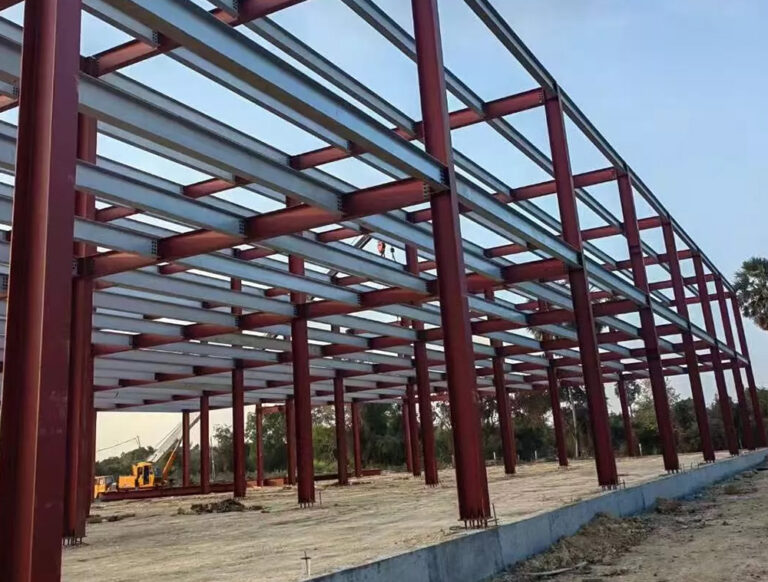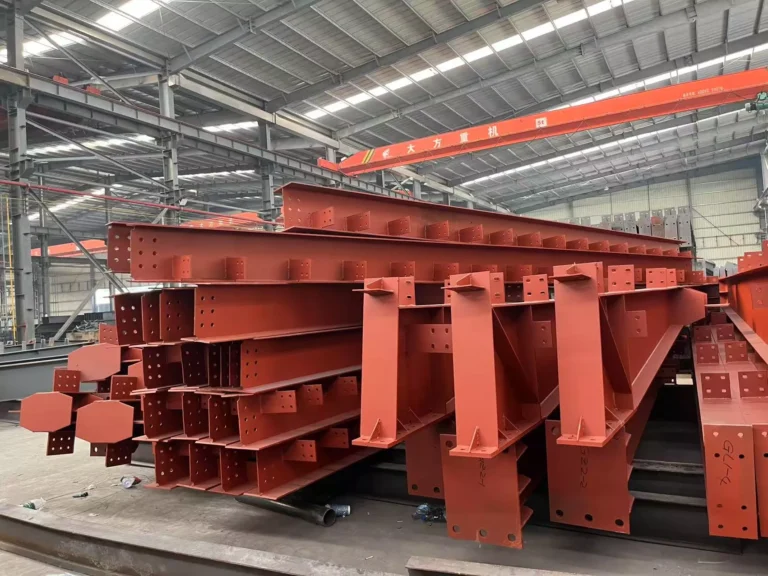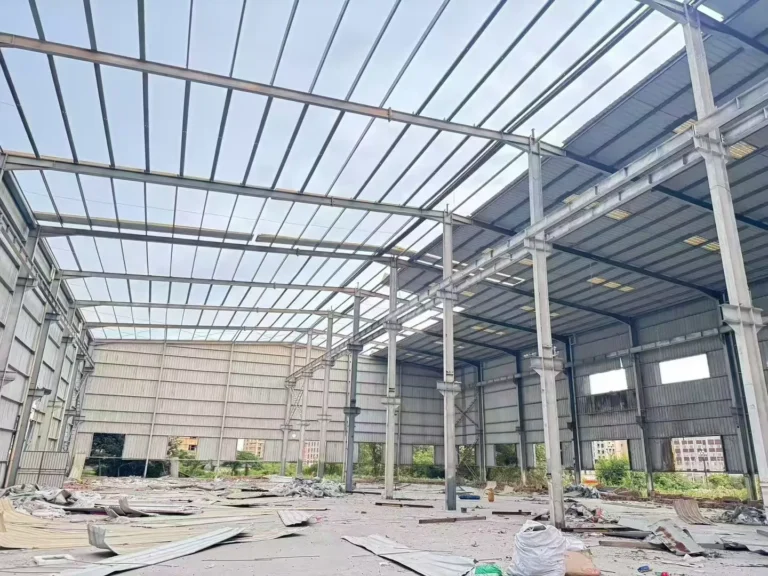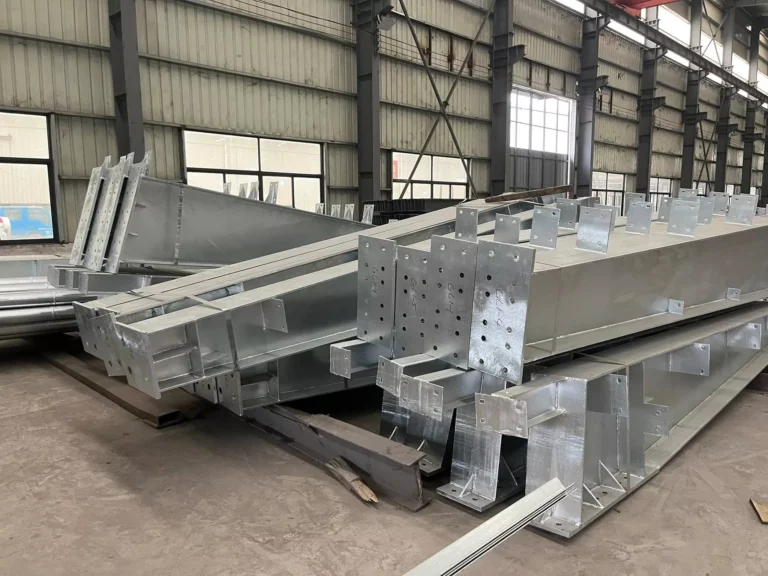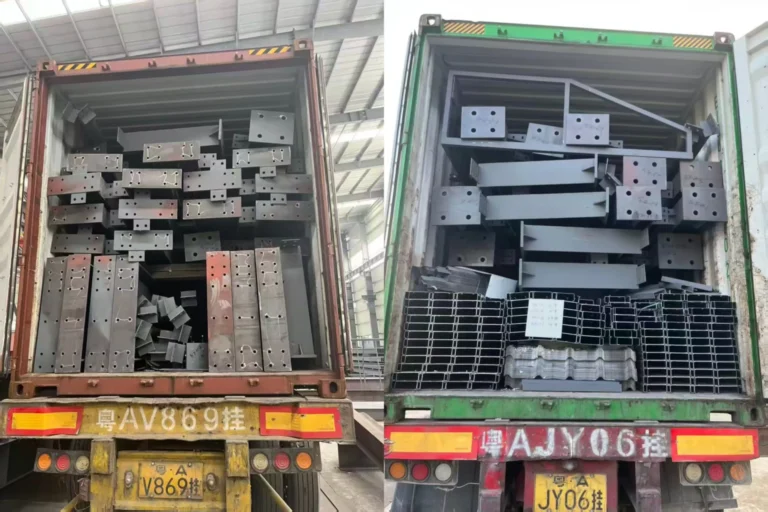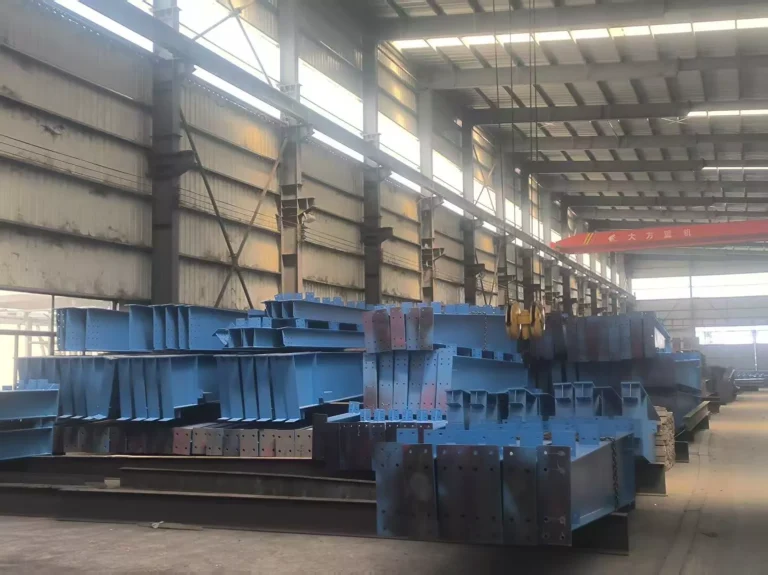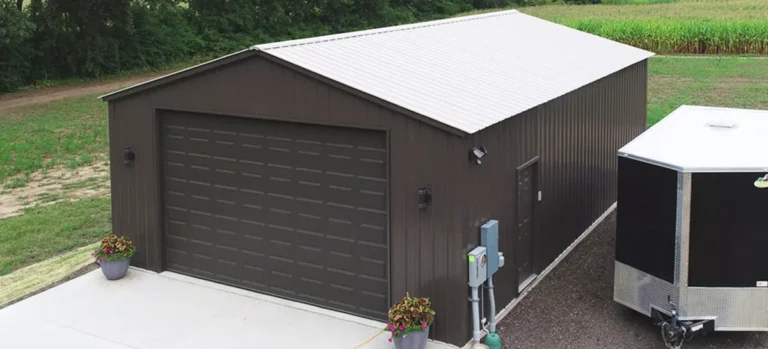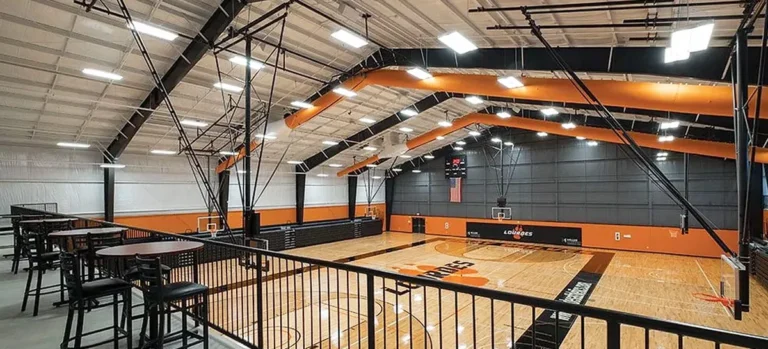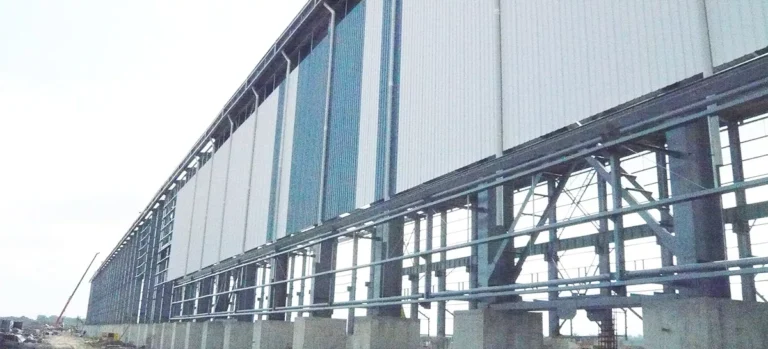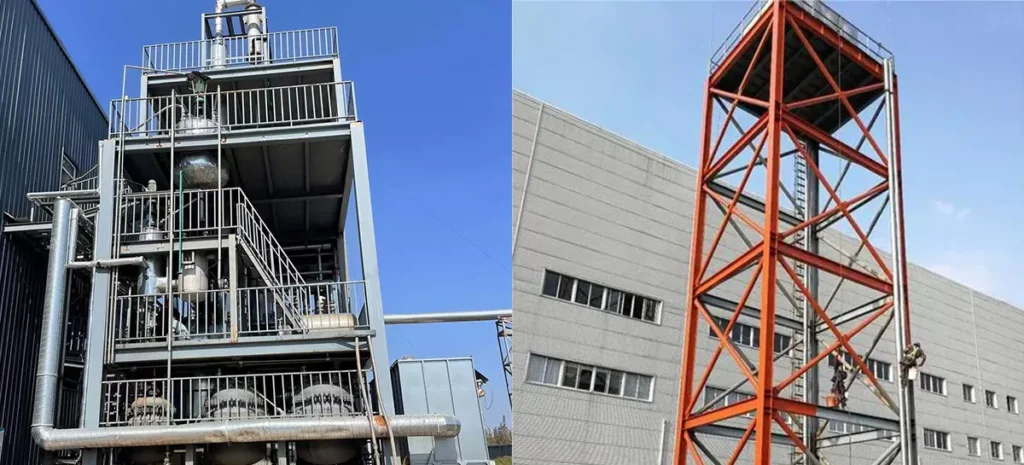
When it comes to choosing the right platform material for your industrial, commercial, or even residential needs, two primary contenders often come to mind: steel and concrete. Both materials have their strengths and weaknesses, making the choice between steel structure platforms and concrete platforms a matter of balancing your specific needs and project requirements. In this blog, we’ll compare these two options across several key factors to help you determine which is better suited for your next project.
1. Strength and Durability
Steel Structure Platforms
Steel is known for its incredible strength-to-weight ratio. Steel platforms can support heavy loads while remaining relatively lightweight, making them ideal for applications where high strength and durability are required without adding excessive weight to the structure. Additionally, steel is resistant to pests and rot, ensuring long-lasting performance in a variety of environments.
Concrete Platforms
Concrete platforms are also extremely strong, particularly in compression. They can support heavy loads and are often used in situations where maximum stability is essential, such as foundations and ground-level platforms. Concrete is also highly durable, with a lifespan that can exceed several decades if properly maintained. However, it is susceptible to cracking under tension, especially if not reinforced with steel rebar.
Winner: Tie – Both steel and concrete offer high strength and durability, but their suitability depends on the specific application and load requirements.
2. Weight and Installation Time
Steel Structure Platforms
Steel platforms are significantly lighter than concrete platforms, which can reduce the load on supporting structures and foundations. This lightweight nature also makes steel easier to transport and quicker to install. Prefabricated steel components can be assembled on-site with minimal disruption, making steel platforms a time-efficient choice.
Concrete Platforms
Concrete is much heavier than steel, which can be a disadvantage in terms of transport and installation. Constructing a concrete platform often involves pouring and curing the material on-site, which can be time-consuming. Additionally, the heavy weight of concrete requires a more robust foundation, adding to the overall project timeline and cost.
Winner: Steel – The lighter weight and quicker installation time of steel platforms make them the preferred choice when time and ease of construction are critical factors.
3. Cost Considerations
Steel Structure Platforms
The cost of steel platforms can vary depending on factors like material grade, design complexity, and labor costs. However, steel platforms often offer a cost advantage due to their quicker installation time and lower foundation requirements. Additionally, because steel is recyclable, the long-term cost of steel can be offset by its potential resale value.
Concrete Platforms
Concrete platforms generally have lower material costs than steel, but the overall project cost can be higher due to longer installation times and the need for a more substantial foundation. Furthermore, the cost of repairs or modifications to concrete platforms can be significant, particularly if cracks or structural issues arise over time.
Winner: Steel – While initial material costs for steel may be higher, the overall project cost is often lower due to reduced installation time and foundation requirements.
4. Design Flexibility
Steel Structure Platforms
Steel offers excellent design flexibility, allowing for complex shapes and configurations that can be tailored to specific needs. Steel platforms can be easily modified or expanded as business requirements change, making them a versatile option for growing industries. The modular nature of steel components also allows for future adaptability and reconfiguration.
Concrete Platforms
Concrete is less flexible in terms of design, as it is typically cast in place and difficult to modify once set. While concrete can be shaped into various forms, making changes or expansions to a concrete platform can be challenging and expensive. However, concrete does offer good flexibility in terms of surface finishes and textures, which can be important for certain aesthetic applications.
Winner: Steel – The ease of modification and adaptability makes steel the more flexible option for dynamic environments.
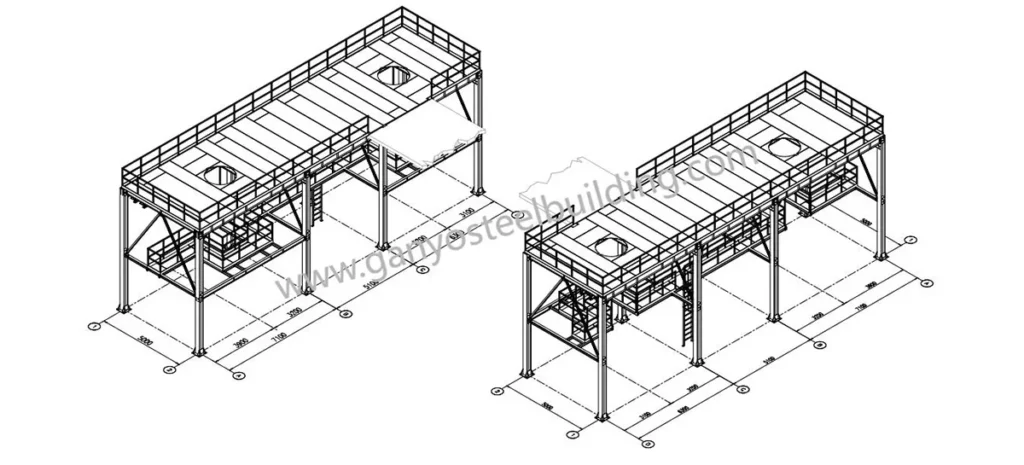
5. Environmental Impact
Steel Structure Platforms
Steel is a highly recyclable material, with most steel products being made from recycled content. This makes steel platforms a more environmentally friendly choice, especially when considering the life cycle of the material. Additionally, steel’s lightweight nature can reduce the carbon footprint associated with transportation and installation.
Concrete Platforms
Concrete production is energy-intensive and contributes significantly to carbon emissions, particularly through the production of cement. However, concrete’s thermal mass can offer energy efficiency benefits in certain applications, such as temperature regulation in buildings. Concrete is also locally sourced in many regions, reducing transportation emissions.
Winner: Steel – The recyclability and lower carbon footprint associated with steel give it an edge in terms of environmental impact.
6. Maintenance and Longevity
Steel Structure Platforms
Steel platforms are relatively low maintenance, but they do require protection from corrosion, particularly in humid or coastal environments. With proper coating and maintenance, steel platforms can last for decades. Additionally, repairs to steel platforms are generally easier and less costly compared to concrete.
Concrete Platforms
Concrete platforms require minimal maintenance, especially if they are well-constructed and reinforced. However, concrete can develop cracks over time due to settling, temperature changes, or load stress, which may require costly repairs. The longevity of concrete is well-established, often lasting as long as or longer than steel in certain conditions.
Winner: Tie – Both materials offer long-lasting performance, but the specific maintenance needs will depend on the environment and use.
Conclusion
The choice between steel structure platforms and concrete platforms ultimately depends on your specific project needs, budget, and long-term goals. Steel platforms offer superior flexibility, quicker installation, and a lower environmental impact, making them an ideal choice for many industrial and commercial applications. On the other hand, concrete platforms provide unmatched stability and durability, particularly in ground-level or heavy-load applications.
For most dynamic, fast-paced environments where adaptability and efficiency are key, steel structure platforms are likely the better option. However, for projects requiring the utmost in stability and long-term durability, concrete platforms may be the preferred choice.
If you’re considering a steel structure platform for your next project, contact Ganyo Steel Structure for expert advice and custom solutions tailored to your needs. Email: lizzy@ganyosteelbuilding.com

